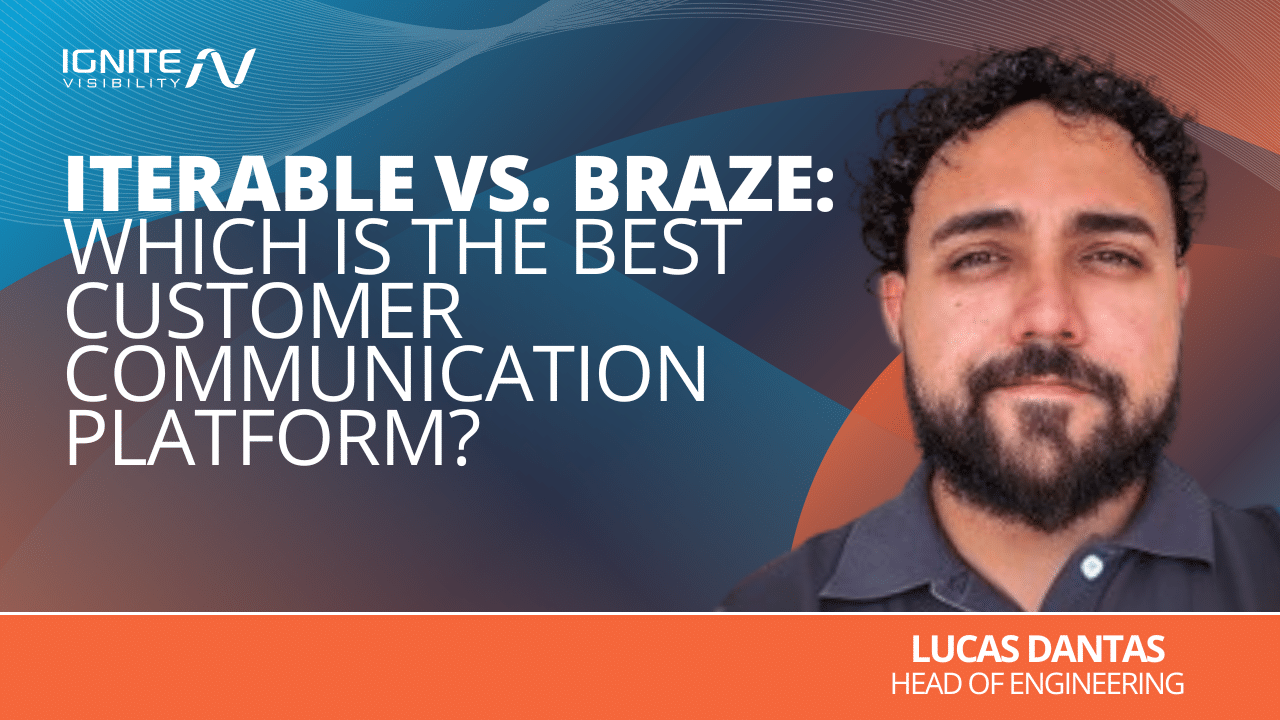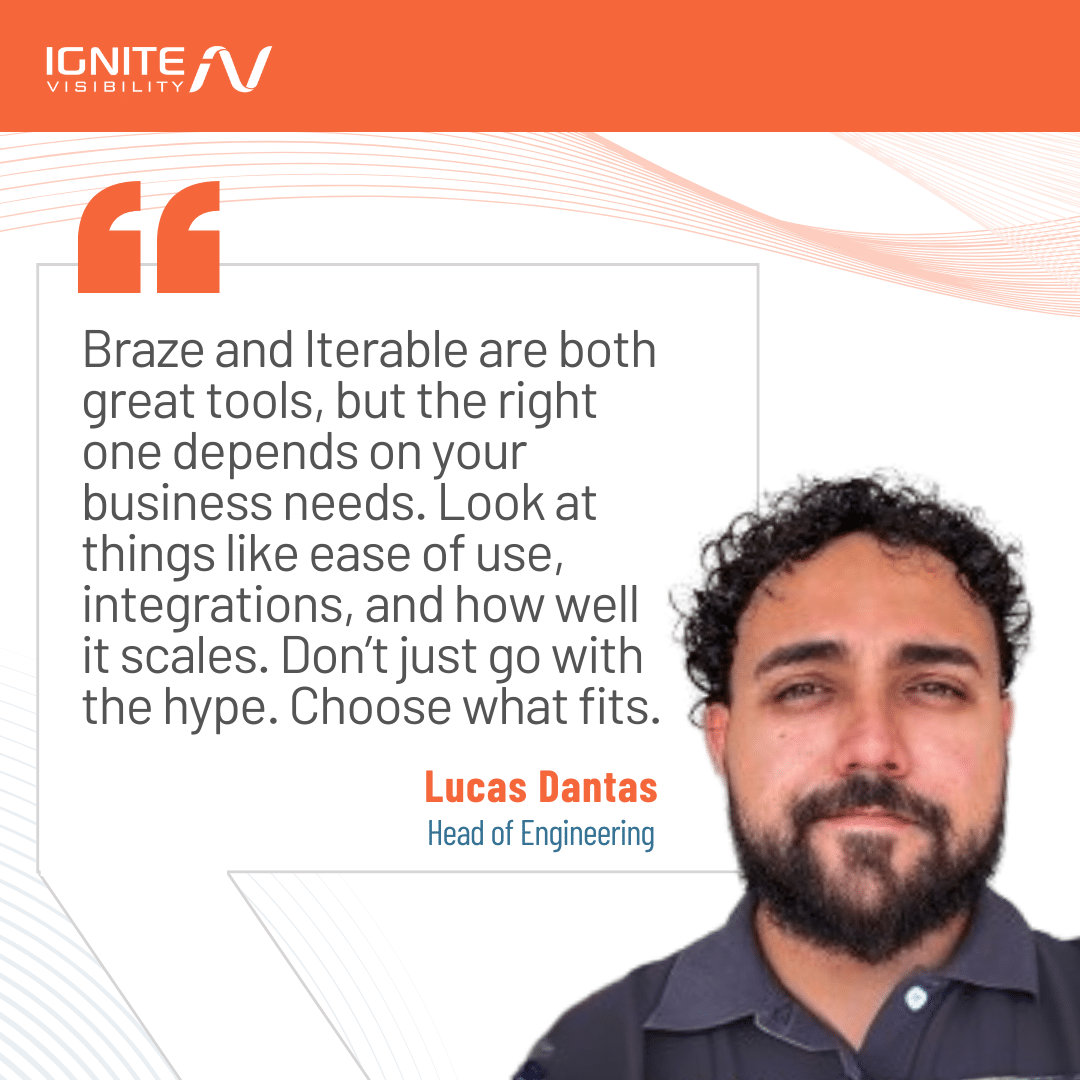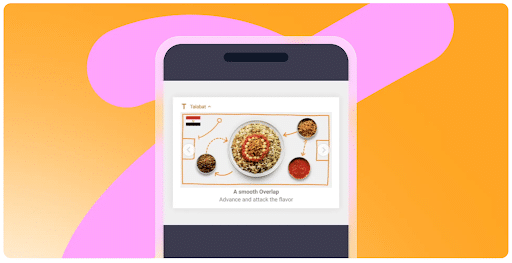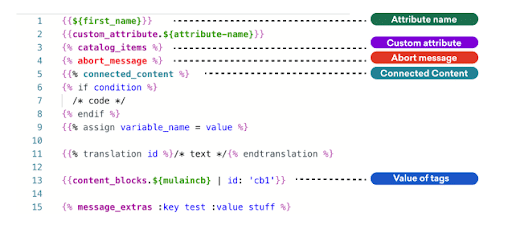
With such a large selection of customer communication platforms available, it can be difficult to pin down the perfect one for your business. However, two of the most popular options include Iterable and Braze, both of which come with many features to help you effectively engage and connect with your customers.
In this blog, Lucas Dantas, Head of Engineering, will dive into both platforms to help determine which is right for you, with a breakdown and comparison of all of their exciting features.
What You’ll Learn:
- Navigating a Crowded Engagement Tech Stack
- Platform Introduction
- Onboarding and Initial Setup
- Channels and Messaging Capabilities
- Segmentation, Dynamic Content, and Targeting Logic
- Data Infrastructure and Integration Ecosystem
- Feature Comparison Matrix
- Use Case Mapping: Who Should Choose What
- Final Verdict: No One-Size-Fits-All Solution
Expert Opinion on Iterable vs. Braze
When building relationships with customers, a robust customer communication solution with all the ideal features is essential to have in your toolkit. Just consider the growing popularity of the customer communication management market, which is projected to reach $5.29 billion by 2032, according to Fortune Business Insights.
When deciding on Iterable vs. Braze, there are some critical differences you’ll need to consider. While they are similar in many ways, you must factor in certain features, ease of use, integration capabilities, scalability, and more. As you learn more about each platform and its benefits, you can get a better idea of which will work.
As with any other tool, it’s important to do your research to ensure your purchase is worthwhile. This guide will review all the nuances of Braze vs. Iterable to help you narrow down your selection and make the right choice for your business.

Navigating a Crowded Engagement Tech Stack
Customer engagement platforms can help you in two key ways: personalized, automated, and data-driven customer communication. By implementing these tools, you’ll save a lot of time and effort by streamlining communications while using personalization to speak more directly to your customers.
To better determine which is the right platform for you, let’s go over their differences.
Platform Introduction
To start, consider the values and philosophy of each platform.
Iterable is a type of growth marketing platform that emphasizes multi-channel and data-driven communication. Iterable values data flexibility and highly intuitive A/B testing to help you optimize communication, and it’s incredibly product-led with a composable architecture that uses configurable modules for a custom fit.
So, what does Braze do? Braze is a real-time customer engagement engine that can help you manage the customer experience across channels. While both Braze and Iterable offer SMS and push notification capabilities, Braze’s SDK-driven mobile stack, ultra-low-latency event streaming, and richer in-app/push formats truly differentiate it, along with comprehensive user onboarding and highly customizable templates.
Both platforms embody the foundational values of innovation, scalability, and user-centricity, continually striving to improve their products and allow users to easily scale as business needs change. However, it’s worth noting that Iterable generally scores higher on “ease-of-use” in reviews, while Braze’s advanced capabilities often come with a steeper learning curve.
Onboarding and Initial Setup
When initially setting up each platform, both approach onboarding and setup in slightly different ways.
Braze onboarding stands apart with guided workflows and technical support to help teams with integration. The platform has plenty of documentation to guide users and teams, with a Braze Alloys program that includes a great network of trusted Solutions Partners. These partners have the ability to help with implementation and migration, working with Braze’s onboarding team.
Meanwhile, Iterable is equally focused on ease of implementation and setup. Iterable offers ample flexibility, but the setup experience tends to be better for more technically mature teams. Like Braze, they offer internal services to assist with setup and implementation.
Channels and Messaging Capabilities
When looking at both Iterable and Braze, you might want to know what kinds of messaging channels they support.
Braze
SMS Text Messaging – If you want to prioritize mobile messaging, including SMS texts, Braze is often the preferred choice. Braze makes it easy to develop and send highly personalized SMS text messages with the help of its Liquid templating, real-time segmentation, and link-tracking capabilities. While Iterable channels include SMS, Braze’s mobile messaging capabilities are generally more in-depth for SMS.

Push Notifications – Send visually engaging and highly targeted messaging to supplement SMS text. You can send either conventional push notifications on Braze or take advantage of a neat feature called Braze Push Stories. These are dynamic push notifications that include multiple images in a carousel that people can flip through, with each image coming with a caption.
You can also send Braze test push notifications to see how your messages will look before settling on a notification.

Iterable
Email – While Braze shines with mobile messaging, email campaigns are where Iterable thrives. Using this platform, you can easily set up strategies with the Iterable email builder, ensuring deliverability with access to many templates and A/B testing capabilities.

Segmentation, Dynamic Content, and Targeting Logic
Effective audience segmentation and targeting are essential, along with dynamic content that allows for easy personalization. So, which tool does all of these best?
When looking at Braze vs. Iterable, both tools give you plenty of ways to segment and target your customers. More specifically, Braze filters enable you to choose specific features and attributes to segment your audiences.
Additionally, Braze dynamic content personalization allows you to automatically optimize messages to connect with each user using conditional logic. You can do so using Objects that insert personalized messaging attributes, Tags that insert data based on certain conditions, and Braze Filters that enable reformatting of all dynamic content and attributes.
These Braze features could make this tool invaluable in your segmentation and personalization efforts.

Iterable is also great for segmenting audiences. Easily segment Iterable audiences using the platform’s audience builder, including segment integration. The Segmentation tool allows you to group users into an audience based on their behaviors or interests. You can then direct each segment down a unique journey while identifying high-value opportunities.

While Iterable has recently enabled real-time segmentation, Braze’s sub-second real-time segmentation logic is generally more favorable over Iterable’s, which can take minutes for dynamic list refreshes unless a journey is triggered directly from an incoming event. This difference in latency allows for more scalability of personalization efforts with Braze’s real-time monitoring of audience behaviors.
Data Infrastructure and Integration Ecosystem
When weighing the benefits of Iterable vs. Braze, you should also look at how each platform ingests, unifies, and acts on data.
What makes Braze data particularly helpful is the platform’s use of cloud data ingestion (CDI), which gives users access to data about consumer interactions and behaviors. This data is updated on a configured schedule (hourly, daily, etc.), which you won’t get with Iterable.
Data points in Braze help track cross-channel behavior and events while also enabling external data streaming. It also works with many integrations.
Iterable may lack real-time data monitoring capabilities, but it supports more unified data strategies, with native integrations for Snowflake and Segment. Iterable uses Smart Ingest to detect certain alterations to source data and syncs those changed records to the platform.
Feature Comparison Matrix
To sum things up, here is a concise look at Iterable and Braze features to help you decide which to use:
| Feature | Iterable | Braze |
| Personalization | Uses AI-powered send time optimization with dynamic content insertion through its Catalog | Deep personalization using Liquid, dynamic content, and conditional logic in real time |
| Workflow Automation | Includes a Workflow Studio feature to help build campaigns with real-time updates and branching conditional logic | The Canvas feature helps orchestrate the customer journey with the help of intelligent selection and exception events to make any necessary changes to journeys |
| Multichannel Orchestration | Works for cross-channel campaigns, including email, push notifications, SMS, and in-app messaging | Allows for more in-depth, advanced messaging across all channels via intelligent channel selection |
| Testing & Experimentation | Optimized A/B testing with enhanced statistical significance calculations | Works for multivariate testing with the ability to make real-time journey adjustments |
| Predictive Analytics & AI | Incorporates predictive analytics integration to help with segmentation and adjustments based on behavior | Utilizes AI-powered intelligent channel selection that references historical engagement data |
Use Case Mapping: Who Should Choose What
Who should use what platform? In assessing Iterable vs. Braze, let’s consider which teams and businesses will benefit from each platform.
In most cases, B2C and ecommerce brands will likely get the results they want with Braze. This platform’s mobile-centric features and real-time tracking and adjustments, with its pipeline updating segments within seconds, make it great for ecommerce brands that need to make frequent product recommendations, send out abandoned cart reminders, and otherwise continually engage shoppers. AI-powered personalization delivers dynamic content to establish and maintain a strong connection with customers, driving repeat sales and loyalty. Braze also supports more integrations to facilitate more effective implementation.
Conversely, product-led SaaS companies are more likely to excel with Iterable, as these brands will want to establish long-term user engagement with lifecycle marketing. More technically mature teams will be able to take full advantage of Iterable’s workflow automation capabilities, and the platform supports strong customer data platform (CDP) integration.
In short, Braze is ideal for driving instant and frequent conversions, whereas Iterable succeeds in retaining users and customers.
Final Verdict: No One-Size-Fits-All Solution
Which one wins in the battle of Braze vs. Iterable? The answer is both. They’re excellent customer communication platforms that each come with a plethora of features and benefits that make them among the most popular business solutions across industries.
However, the right choice comes down to your goals, team structure, and tech ecosystem. If you want to make fast wins with a highly scalable and flexible tool with real-time monitoring and adjustments, Braze is the best bet. On the other hand, Iterable offers plenty of benefits with predictive analytics, in-depth testing capabilities, and other solutions for building sustained relationships with customers.
Here are some tips to help you select the right choice through a pilot or RFP:
- Define your automation, personalization, and multichannel orchestration goals.
- Identify key performance indicators (KPIs) such as engagement rates, retention metrics, and conversion improvements.
- Choose a target audience that truly represents your customer base.
- Leverage each platform’s strengths, with Braze offering real-time engagement and mobile-first personalization, while Iterable is all about predictive analytics and workflow automation.
- Regularly monitor campaign results and make adjustments based on early data.
Optimize Customer Communications With Ignite Visibility
As you look at Iterable vs. Braze and the benefits of each, you may decide to implement either to help you achieve your customer communication goals. However, to get the most from platforms like these, it helps to have experts on your side to supercharge your efforts.
At Ignite Visibility, our team of professionals could use the most effective customer communication management tools and others to connect with new customers while retaining existing ones.
Specifically, we can:
- Identify and segment your target audience
- Develop dynamic personalized messaging and other content across all relevant channels
- Continually monitor and adjust messaging as needed
- Integrate customer communications into a full-service digital marketing strategy
- And more!
Get in touch with our experts today to request a proposal and discover what we can do for you.
